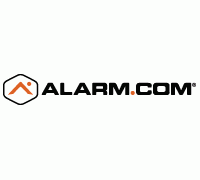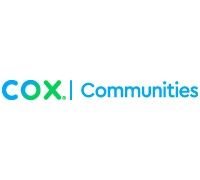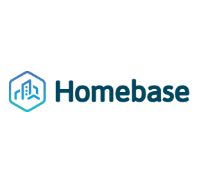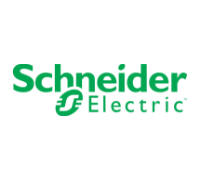Increasing shift to renewable energy sources is changing how utilities do business: Insights from Southern California Edison
 Mauro Dresti, Manager Mass Markets at Southern California Edison, provides key industry insights for the 2016 Smart Energy Summit in Austin:
Mauro Dresti, Manager Mass Markets at Southern California Edison, provides key industry insights for the 2016 Smart Energy Summit in Austin:
What do you think is the most challenging issue for your company as it relates to the residential energy management market?
From a high level it’s ensuring that our company delivers safe, reliable, clean and affordable energy to our customers while modernizing the grid. This also includes improving customer satisfaction and protecting both customer and critical infrastructure information. As a subset it’s also finding the best way to work with IoT products and services allowing customers to participate in residential energy programs while still preserving customer choice in the devices they choose to own and use.
What are the major challenges that your business must address in 2016? In 2020?
A changing marketplace along with changing resources for energy are ongoing challenges for utilities. The increasing shift to distributed and renewable energy sources is changing the way that utilities do business technically but also in terms of delivering energy and energy products to customers (i.e. green rates to greater awareness of grid conditions). To be cost effective – utilities must learn to fail (or succeed) quickly and in some cases develop partnerships to maximize the potential for success.
What are the major barriers impacting customer adaption of energy related product and services?
In terms of home energy products, there are several barriers:
-
Lack of a non-proprietary, interoperability standard for home automation products as a core, low-level capability of home automation products. Will the devices I buy today for my house be useful next year if the company I bought them from goes out of business, or will they work with new devices developed in the years to come?
-
Difficulty and cost of installing home energy related products - most consumers are not comfortable with installing electrical, gas or water equipment, and some devices that do not require professional installation are bulky or have limited benefit
-
Electrical/gas/water infrastructures in homes have long lifetimes – The value proposition for home automation/energy products must be high for potential customers to change out systems before they wear out or fail
-
High perceived monthly costs for home automation services for Do It Yourself installations
In terms of home energy services the key barrier is:
-
Peace-of-mind when procuring services (i.e. is this what I really need and is it properly priced?)
What are the biggest opportunities for the smart home industry to work with the electric industry?
Don’t expect a typical client/vendor relationship with utilities. Instead, expect partnerships with utilities that include co-marketing opportunities to promote both the needs of the smart home industry and of the utilities while allowing customer choice.
What impact will smart products and smart home services have on consumer adoption of energy solutions?
Energy services must be combined with other higher value home automation products for increased adoption. Typically, mainstream consumers are only interested in their energy use if there’s an issue. Making home energy solutions and interfaces a standard and automated part of smart products will relieve consumers from daily energy conservation choices while saving them money. It also helps to differentiate the core smart product from others on the market if the value proposition is clearly explained.
Mauro Dresti will be participating on the panel "Innovation in Marketing and Consumer Engagement" on Tuesday, February 23 at 1:00pm. Other speakers on the panel include San Diego Gas & Electric, Simple Energy, PlanetEcosystems, and ROC-Connect.
For more information on registering to attend this year's Smart Energy Summit, visit www.ses2016.com.
Next: Schneider Electric: Security Concerns Remains Barrier for Consumer Adoption of Energy Products
Previous: Texas Ahead of the Curve in Smart Energy Device Adoption




 Mauro Dresti, Manager Mass Markets at Southern California Edison, provides key industry insights for the
Mauro Dresti, Manager Mass Markets at Southern California Edison, provides key industry insights for the 











